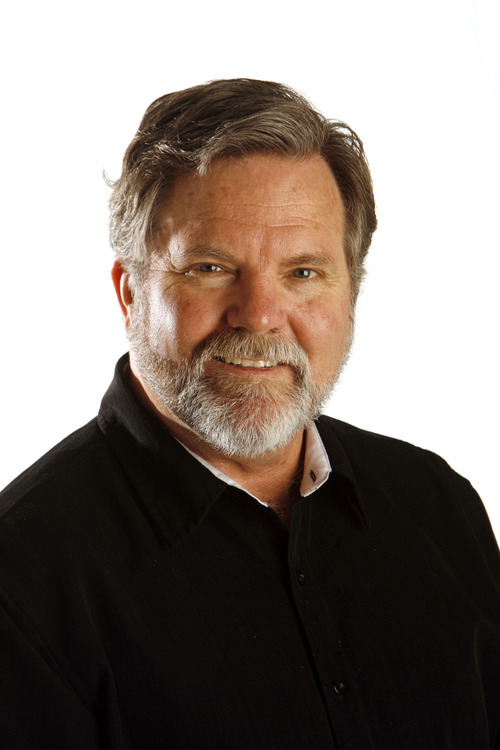This is an archived article that was published on sltrib.com in 2012, and information in the article may be outdated. It is provided only for personal research purposes and may not be reprinted.
A Mormon missionary in the South in 1879 wrote that, "A person traveling among the Southern people realizes that though they have been whipped by the North, yet there is a feeling of enmity existing in their bosoms, which only needs a little breeze to inflame their passions to deeds of carnage and strife."
In "Last Letter Home From Elder Joseph Standing" printed in the Deseret News, that same missionary said that "The 4th [of July] is not much cared for in the South."
Three days after noting this lack of patriotic fervor, Standing would be shot and killed.
Utahns sat out the Civil War and have a hard time understanding why broad swaths of the South refused to celebrate the Fourth of July even decades after the event. Many communities didn't do so until World War II. The reason: Southerners have long memories and know how to carry a grudge.
Utahns' memories are shorter. We forget that it was dangerous to be a Mormon in the South. Along with blacks, Jews and Catholics, Mormons were a particular target of the white, Protestant establishment, which was intent on re-establishing its prewar privileges.
It didn't help that Mormons preached an exotic brand of Christianity that included polygamy. It's even been suggested that Mormon polygamy helped engender national unity. The crusade against "spiritual wife-ism" created a common cause that drew the North and South together.
Days before Standing's death, two preachers shook their fists in his face and called him a liar before a large crowd, who were stirred up into a "horrible state."
The 12 men who waylaid the two missionaries killed Standing when he grabbed for one of their pistols. Standing's companion, Rudger Clawson — later a Mormon apostle — was allowed to escape and carry the message that "there is no law in Georgia for Mormons."
The message proved true. The killers were quickly tried and acquitted.
Southern anti-Mormon violence was so common that Utahns believed it was a conspiracy involving religious and civil establishments.
The murders of four converts and missionaries in Tennessee in 1884 (the Cane Creek Massacre) led to outrage in Utah and a call for justice from the federal authorities.
Converts were quickly shipped West and mostly settled in Colorado. For Mormons, the South was enemy territory. The Ku Klux Klan was vilified in the pages of the Deseret News into the 1920s.
J. Golden Kimball, the "Swearing Apostle" who served a mission in the South, regaled congregations with harrowing tales of narrow escapes. He said the Klan was a waste of good sheets.
For Southerners, Mormonism was, as a preacher put it in 1899, the soul of "every unclean beast of lust, guile, falsehood, murder, despotism and spiritual wickedness."
Well into the 20th century, many good Baptists were convinced that Mormons literally had horns.
Time and politics have drawn Mormons and Southern evangelicals together. In one of U.S. history's most ironic twists, the political party born on a promise to crush dearly held Mormon and Southern institutions is now home to both: The "twin relics of barbarism — polygamy and slavery" are no longer a concern of Republican "values voters."
But it is clear from the reluctance of many in the South to embrace a Mormon presidential candidate that old times there are not forgotten.
For more on Mormon persecution in the South: The Mormon Menace: Violence and Anti-Mormonism in the Postbellum South by Patrick Mason.
Pat Bagley is the editorial cartoonist. He can be reached at bagley@sltrib.com.



